What Should Be in a First Aid Kit
A well-stocked first aid kit is a necessity for people who enjoy staying in one piece. Last I checked, that’s everyone, so make sure your kit has everything you’ll need for emergencies and minor aggravations.
The contents of your personal first aid kit will vary depending on where you’re going, personal preference, and how necessary you find something. So, I’ve broken this down into the Bare Bone Basics, Mindful Modifications, and Advanced Additions so you can easily see what’s crucial to your kit and pick out what are important additions for you personally.
Bare Bone Basics
These items are absolutely essential for surviving traumatic injuries. Without these, a person’s likelihood of survival dramatically decreases. Some of these items will require training to utilize properly, but that can be easily resolved with a comprehensive trauma course. If you only want to cover the basics for your first aid kit, stick to these essentials!
- Chest Seal
- CPR Shield
- Hemostatic Gauze
- NPA Tube
- Pressure Bandage
- Space Blanket
- Tourniquet
Mindful Modifications
While these items may not save your life, they will keep you prepared for the common, everyday injuries and emergencies. The supplies listed below will help you treat basic injuries and keep a victim comfortable if necessary. For example, if someone has a broken arm, a splint or triangle bandage will help you immobilize the area, while Ibuprofen will help manage the pain.
-
Allergy Medication

- Antibiotic Ointment
- Antiseptic Wipes
- Aspirin
- Bandages
- Burn Gel
- Elastic Bandages
- EMT Shears
- Gauze & Non-Adhesive Gauze Pads
- Gloves
- Ibuprofen
- Instant Cold Pack
- Saline Solution
- Splint
- Triangle Bandage
- ZZIPS, Liquid Bandage, or Wound Closure Strips
Advanced Additions
These are supplies that you may not think are necessary but will be grateful for if you end up needing them. These will cover the random annoyances that will occasionally pop up. Besides, if you go anywhere, you’ll probably still run into bugs, sun, and any number of other things! If you add these in, you won’t have to worry about being caught without.
- Bite & Sting Relief (Ointment or Wipe)
- Blister Strips
- Friction Frosting (Chafing Relief)
- Hand Sanitizer
- Lip Balm
- Sunblock
- Tweezers
Survival & Emergency Gear
Fun fact, survival gear isn’t exclusively for dire situations! Depending on the item and the situation, they can be incredibly useful in day-to-day life while still being on hand for any sudden emergencies.
- Emergency Contact List
- First Aid/Survival Guide
- Flashlight
- Multi-tool
- Paracord
- Personal Medical Information
The Last Steps
Now that you’ve decided what supplies you need from each section, it’s time to consider a few other variables. As I mentioned before, if you customize your kit, it will likely be different from somebody else’s first aid kit.
Content Variables

If you have severe, life-threatening allergies, it would be a severe oversight not to include an EpiPen in your first aid kit. The same goes for any other life-saving medications. If you don’t already have one on hand, pick a few up and throw one in your kit. Don’t make the mistake of assuming you’ll never need it!
Storage
Not all storage spaces are created equal. If you stick your kit somewhere that’s difficult to access, then you’re already putting yourself at risk. The ideal location to store your kit is somewhere where it’s easy to grab for anybody. Worst case scenario, you’ll be incapacitated and have to direct someone else to where your first aid kit is. If it’s in a niche location (like in a secret storage compartment in your car that’s buried under the forty pounds of lumber you were hauling) or not even there because you left it at home, you’re out of luck. Think about your lifestyle, and determine the best way to transport your kit so it’ll be nearby when necessary. I recommend keeping your first aid kit in your car, because how often do you really go somewhere without it?
Brag About It
No, this isn’t just to boost your ego (but yes, a real man has a first aid kit). If you tell people about your sick new kit, they’ll know to go to you in a medical emergency. And if you are somehow rendered unconscious for any reason, they’ll know that you’ve got one lying around somewhere. It’s even better if you mention exactly where you keep your kit so that they’ll easily be able to find it. And just like that, you’ve saved your own life (with maybe just a smidge of help)!
First aid kits are crucial, but a poorly stocked one will be borderline useless in an emergency. Take the time to generously stock yours today so you won’t be left bemoaning its contents, or lack thereof, tomorrow. Don’t have the time (or don’t want to spend the time if you’re like me) to build a kit from scratch? My Medic has fully stocked first aid kits ready to go to solve all your problems at once!
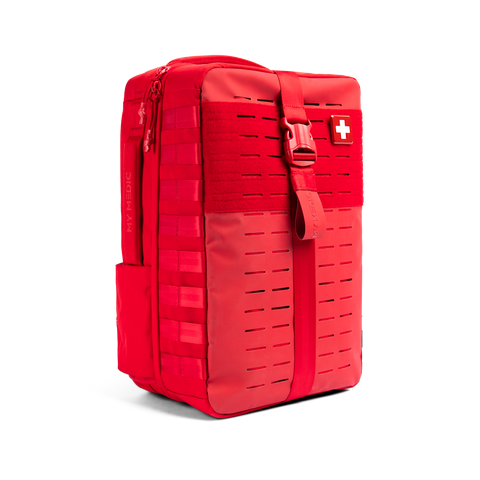 NEW ARRIVALS
NEW ARRIVALS
 BEST SELLERS
BEST SELLERS
 SUPERSKIN™
SUPERSKIN™
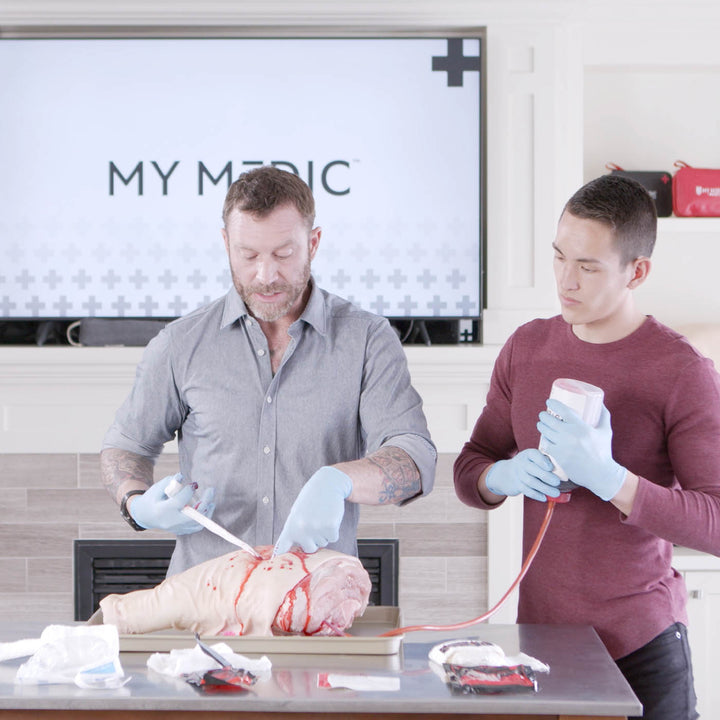 COURSES
COURSES
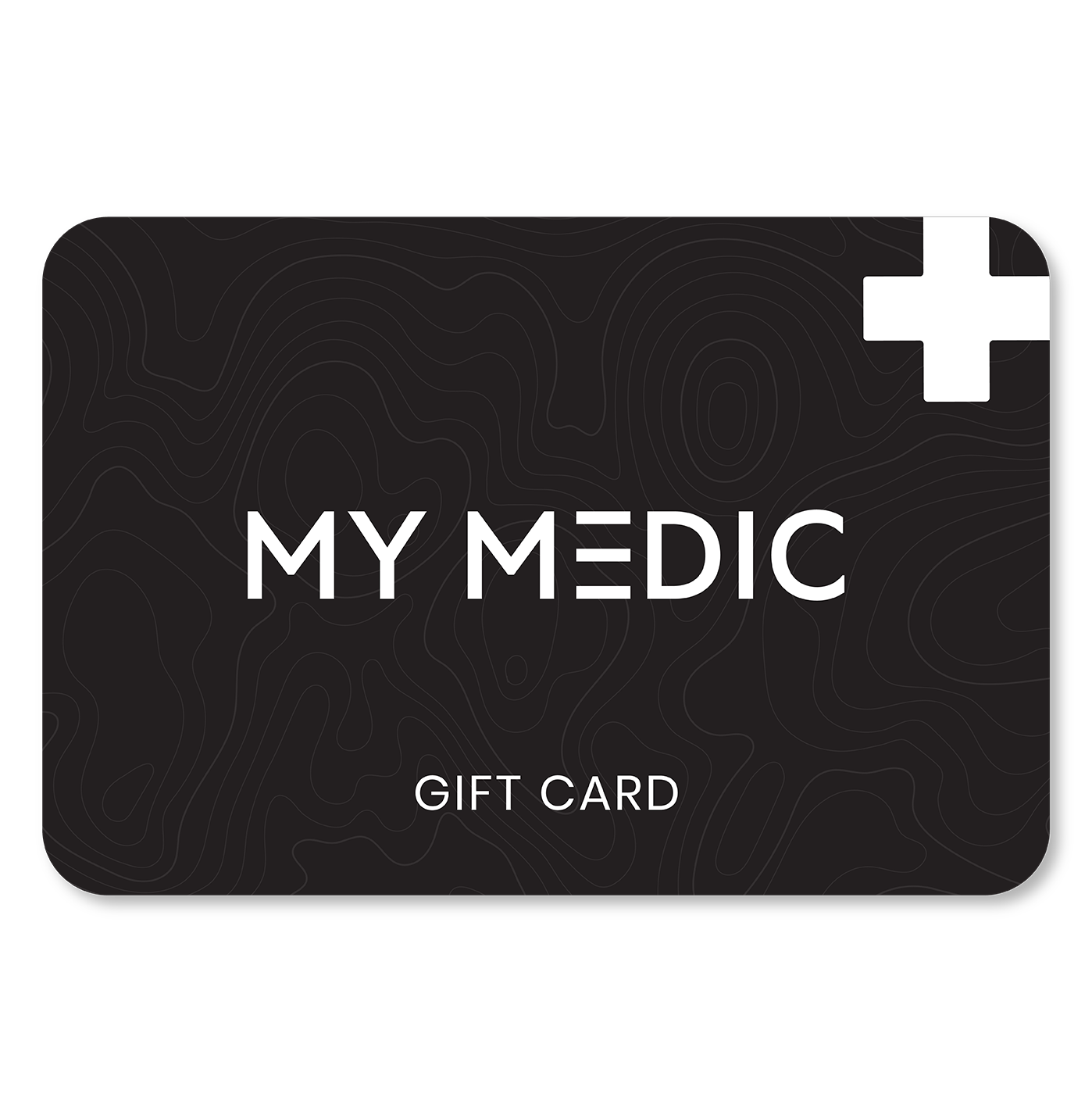 REWARDS
REWARDS
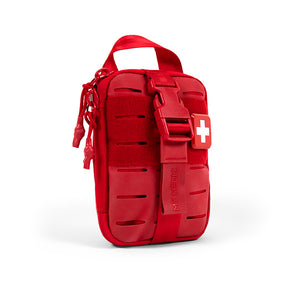 The MyFAK Collection
The MyFAK Collection
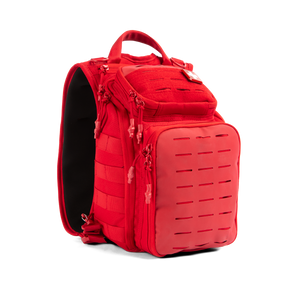 Specialty
Specialty
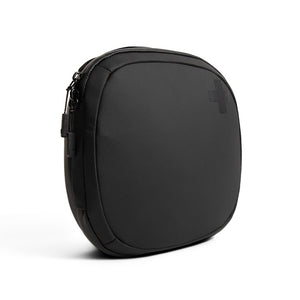 The Ready Collection
The Ready Collection
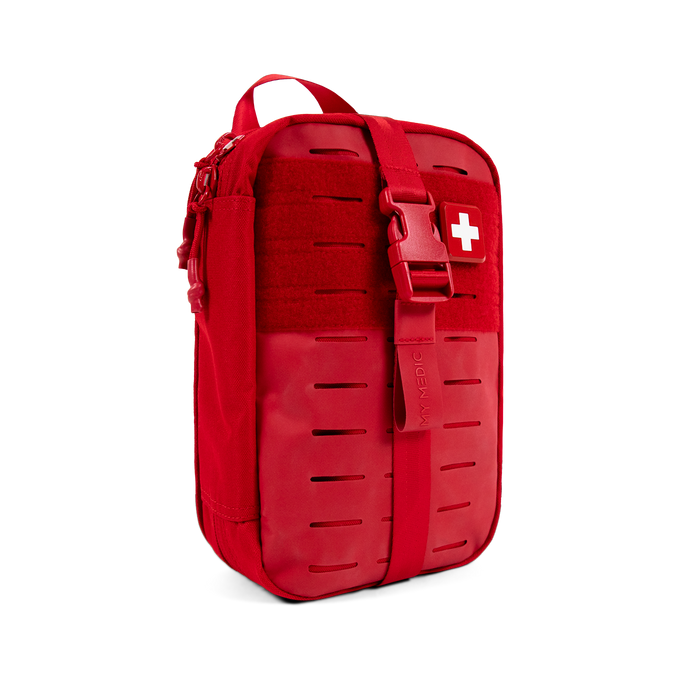
 BLEED
BLEED
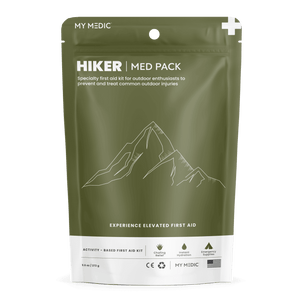 OUTDOOR
OUTDOOR
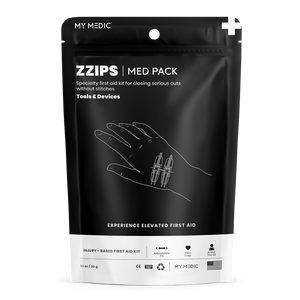 TOOLS & DEVICES
TOOLS & DEVICES
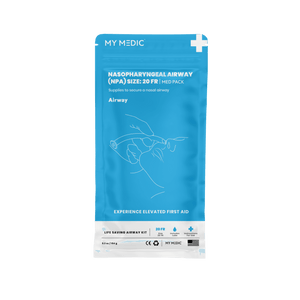 AIRWAY
AIRWAY
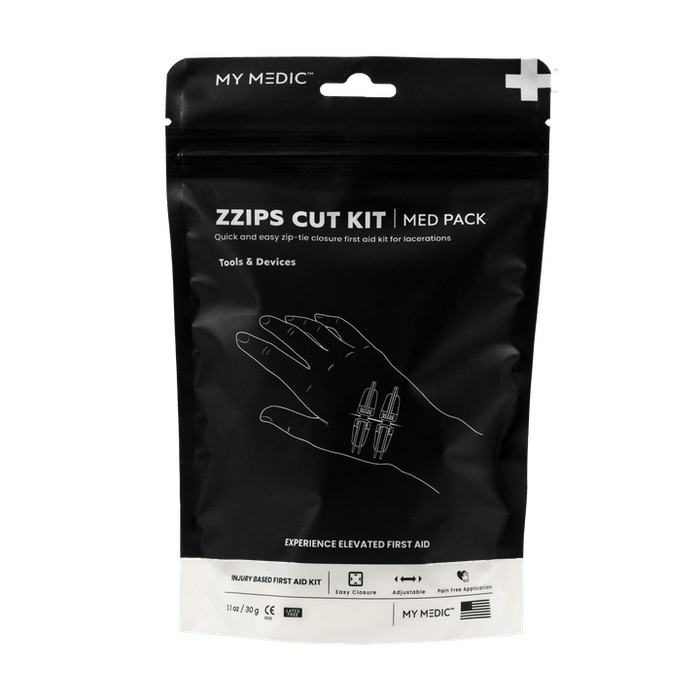
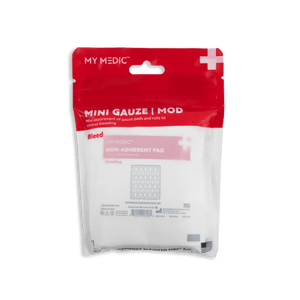 BLEED
BLEED
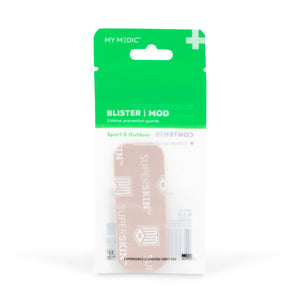 OUTDOOR
OUTDOOR
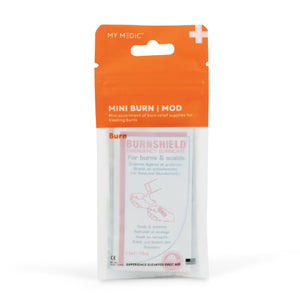 BURN
BURN
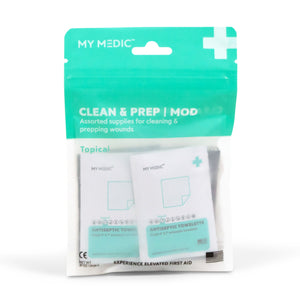 TOPICAL
TOPICAL
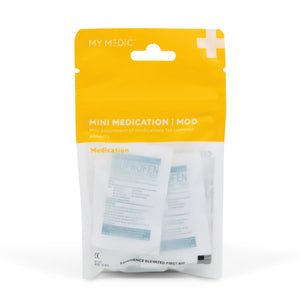 MEDICATION
MEDICATION
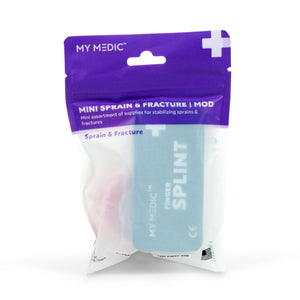 SPRAIN & FRACTURE
SPRAIN & FRACTURE
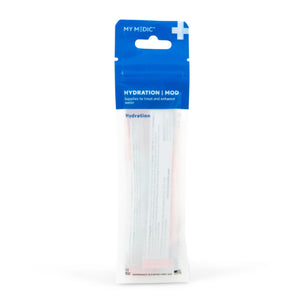 HYDRATION
HYDRATION
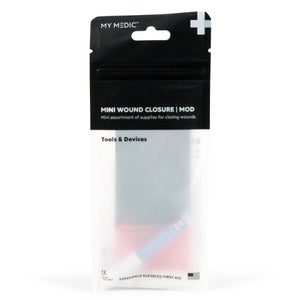 TOOLS & DEVICES
TOOLS & DEVICES
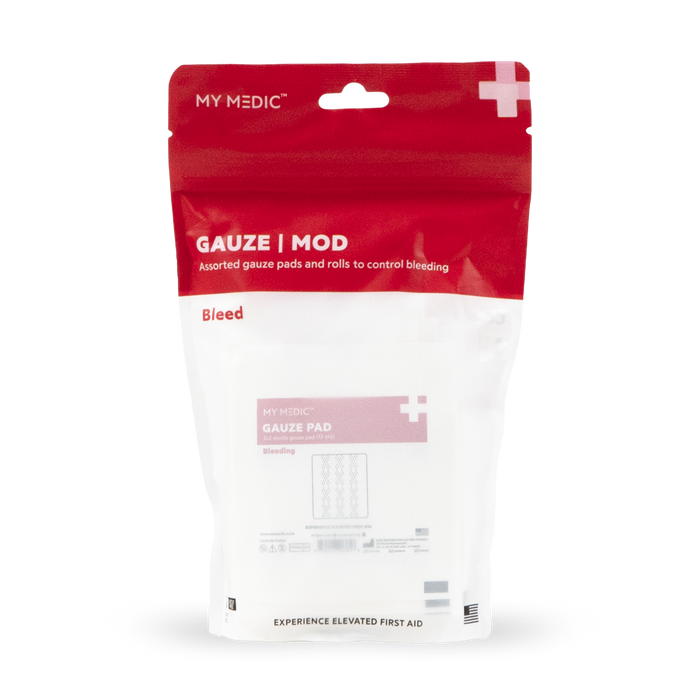
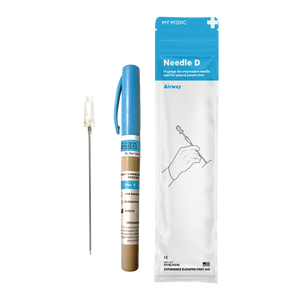 Supply Categories
Supply Categories
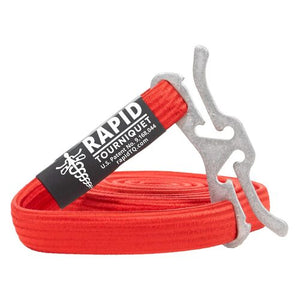 Top Sellers
Top Sellers
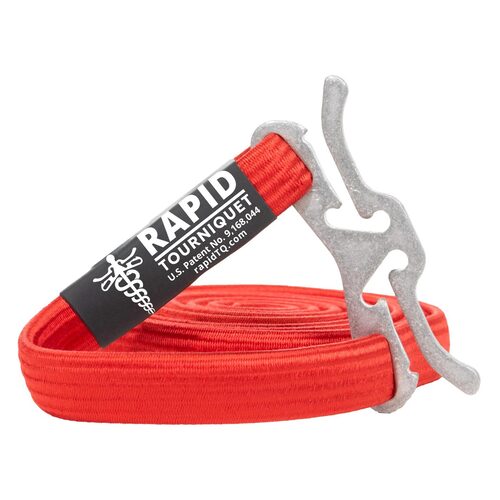








I feel like it’s a good list, that’s for sure. Have you guys ever thought of working with other companies to make something great though? After all, there’s a lot of options you guys have, so why not expand on that further for civilians?
———
My Medic replied:
Pretty much everything we have can also be used by civilians! The only thing that really should only be used by a professional or someone with extensive training is the Needle D which has to be purchased separately from our kits for the same reason.
I have already purchased the kit when I’m looking for is the training on what’s in the kit and how to use it so far I can only find sales pitch after sales pitch not happy
———
My Medic replied:
Hey Ben! It should have been delivered via email. If you’re unable to find it, please reach out to ouch@mymedic.com and our customer service team will help you!
Thanks Allison. That was a good list and it did point out somethings that are missing from my mine and should address.
———
My Medic replied:
Hey Grant, I’m glad this was helpful! Hope you have a great day!
A very complete list. Thanks
———
My Medic replied:
Hey David, we’re glad you think so! Stay safe out there!
Leave a comment